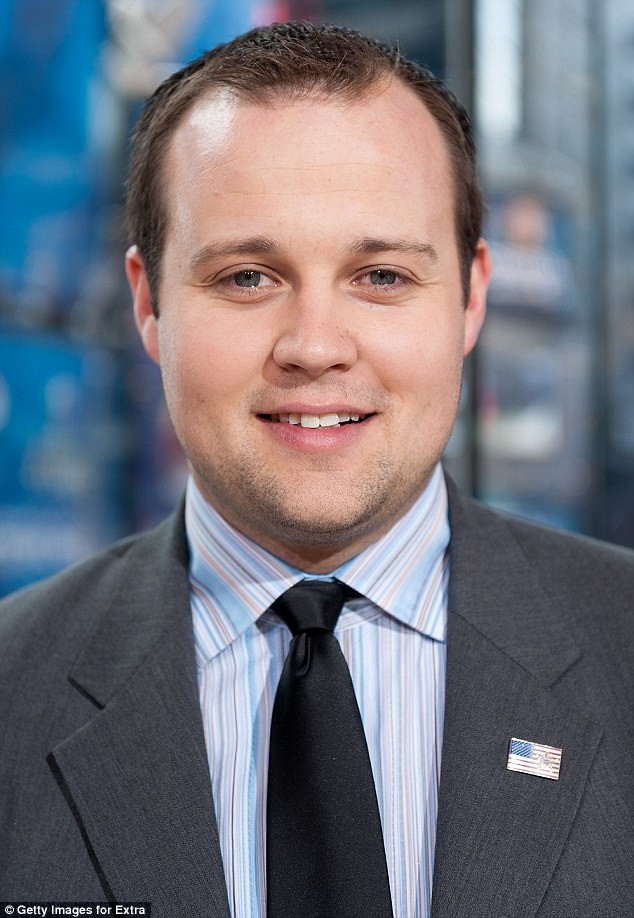Roxanol Addiction Centers Andover IL
Home
Top Roxanol Addiction Centers Andover IL Resources & Info
Roxanol Addiction Centers Andover IL
In this article we cover the following topics: Who you’ll be speaking with on the hotline. Aftercare is a vital part of the ongoing recovery process. When you call our addiction hotline as a user, you will be met with care and compassion.
Originally founded as an orphanage for boys in 1916, Rosecrance has grown and evolved significantly, and now helps more than 13,000 people each year. Any longer of a stay and the client starts to feel confined and anxious to go home and get back to their life. It affects people from all walks of life and the road ends up in the same place. Deregistration and a consequent isolation from the prohibited substances is the usual penalty. In the end, it is up to the individual to muster the will to be sober or drug-free.
Extra Resources For Subutex Rehab Hospital Near Me

Here are Some More Resources on 12 Step Alternatives Andover IL
Public assistance: The federal government and state mental health organizations often subsidize certain treatment facilities. It has been argued, however, these findings may be attributable to the profound difference in therapist outlook between the two-factor and client-centered approaches, rather than to client-centered techniques per se.[31] The authors note two-factor theory involves stark disapproval of the clients' "irrational behavior" (p. 350); this notably negative outlook could explain the results. Prescription Drug Abuse Chart - The National Institute on Drug Abuse (NIDA) The 10 most dangerous drugs: Researchers at the University of Bristol, UK, used an evidence-based approach to assess the harm associated with drugs.[3] After considering the physical harm to the user, the drug's potential for addiction, and the impact on society of drug use, they came up with this list: Heroin Cocaine Barbiturates Street Methadone Alcohol Ketamine Benzodiazepines Amphetamine Tobacco Buprenorphine Commonly abused drugs: Amphetamines/Methamphetamine, Anorectic Drugs, Barbiturates, Benzodiazepines, Buprenorphine, Butorphanol, Cannabis, Chloral Hydrate, Cocaine, Codeine, Depressants, Dextroproxyphene, Fentanyl, Flunitrazepam (Rohypnol), Gamma Hydroxybutyrate (GHB), Glutethimide and Methaqualone, Hallucinogens, Hashish, Hashish Oil, Heroin, Hydrocodone, Hydromorphone (Dilaudid), Inhalants, Ketamine, Khat, LAAM, Lysergic Acid Diethylamide (LSD), Marijuana, MDMA (Ecstasy), Meperidine, Meprobamate, Methadone, Methcathinone, Methylphenidate (Ritalin), Morphine, Narcotics, Opium, Oxycodone, Pentazocine (Talwin), Paraldehyde (Paral), Peyote and Mescaline, Phencyclidine (PCP), Psiocybin and Psilocyne and other Tryptamines, Steroids, Stimulants, Thebaine References U. When you go to First Step, you are always in safe hands. The goal of aftercare is to help individuals transition back to their regular lives without substance addiction, and to remain in recovery for a lifetime.
Below are Some More Resources on 12 Step Alternatives
Underage drunk drivers were responsible for 688 deaths over the past ten years, which was an average of more than one death in a week. Inpatient rehabilitation does mean you live in the facility 24 hours a day for the scope of your treatment. Inpatient drug rehab facilities remove the availability and thus much of the temptation. That’s why we help you connect with other people who can support you as you transition from inpatient treatment to outpatient treatment or aftercare.
Below are Some Even more Details on 12 Step Alternatives Andover IL
Call our addiction hotline today at 877-420-2948. Given this understanding, we provide customized treatment plans for each patient who enters our facility. Find your local Narcotics Anonymous and start attending meetings to get support from others who have personally dealt with drug addiction. Loans: Many treatment centers provide financing, and there are even specialty loan companies specifically for the purpose of funding treatment for individuals. As with any cognitive-behavioral therapy, homework assignments and behavioral exercises serve to solidify what is learned and discussed during treatment.[36] Emotion regulation and mindfulness[edit] A growing literature is demonstrating the importance of emotion regulation in the treatment of substance abuse. Or do you feel you can exercise your right to say yes without causing any real damage to your life and health? The same goes for addicts leaving Drug Rehab Center centers; if they keep God close and continue to believe then they are most likely not to end up back in rehab. Attributions of causality refer to an individual's pattern of beliefs that relapse to drug use is a result of internal, or rather external, transient causes (e.g., allowing oneself to make exceptions when faced with what are judged to be unusual circumstances). Although there is no ‘wonder cure’ for dependency, people that enter qualified, accredited rehabilitation programs experience the most success in their recovery. There is a misconception, that drug users have no morals, or simply do not haveenough will power to stop using drugs.
Click Here for More Information
Previous Next
You may also like:
Dextropropoxyphene Addiction Treatment Program Dublin TX
Ketamine Detox Treatment Centers Palestine TX
Cocaine Abuse Treatment Clinic Malta Bend MO
Nembutal Abuse Treatment Centers Deering AK
Clonidine Detox Treatment Programs Holdingford MN
Desoxyn Detox Programs Newell SD
Orlaam Rehab Treatment Centers Burton TX
Mdma Addiction Detox Programs Peekskill NY
Soma Rehab Facility Near Me Port Gamble WA
Focalin Addiction Treatment Center Mount Holly Springs PA
Drugs For Addiction Verdigre NE
Duramorph Abuse Centers Stoughton MA
Drug Alcohol Detox Mount Upton NY
Lorcet Addiction Rehab Center Thermopolis WY
Di-gesic Addiction Center French Settlement LA
Librium Addiction Detox Clinics Tioga ND
Cocaine Rehab Treatment Center Maggie Valley NC
Speed Rehab Treatment Programs Royal NE
Mdma Addiction Rehab Center Fortuna CA
Steroids Addiction Detox Centers Sawyer MN